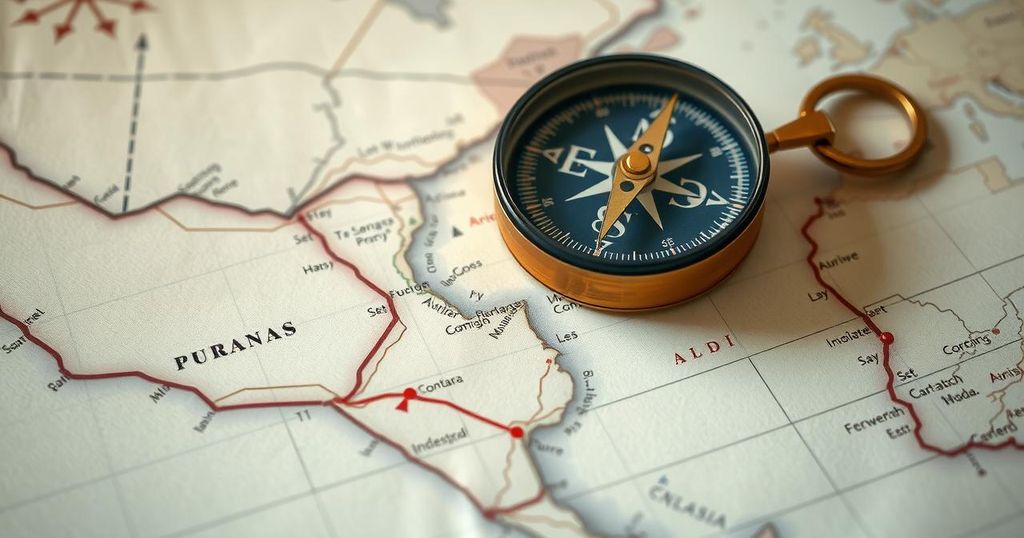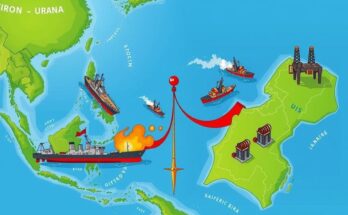The M23 rebel group is undergoing a transformation in its identity with new leadership under Corneille Nangaa, who aims to present a more nationally inclusive front. This marks a shift from its previous ethnic Tutsi focus to addressing broader Congolese grievances. The M23’s evolving strategies underscore its goal to negotiate autonomy against the backdrop of ongoing territorial conflict in eastern Congo.
The M23 rebel group, backed by Rwanda, has made significant territorial advances in eastern Congo, asserting new leadership under Corneille Nangaa. This shift marks a departure from the group’s ethnic Tutsi roots, as Nangaa, a non-Tutsi, seeks to project a more inclusive Congolese identity while pursuing a national agenda. Previously sidelined, his leadership symbolizes a strategic evolution for the M23, now aiming to address broader Congolese grievances.
Nangaa, previously the head of Congo’s electoral authority, faced controversy and sanctions for his role in the nation’s politics, particularly during the contested 2018 elections. His recent ascent to the command of M23 highlights a melding of military and political strategies as he capitalizes on local discontent towards the current government. Analysts suggest this military-political integration reinforces the group’s position as a formidable force against President Tshisekedi’s administration.
The M23’s current objectives diverge from earlier ethnically driven claims, as it leverages local alliances to bolster its influence in eastern Congo amidst ongoing tensions. Experts argue the group aims to decouple the call for self-determination from its Rwandan backing, promoting national dialogue on autonomy while gaining control over territory. This strategic move is viewed as crucial for fostering necessary negotiations with the Congolese state.
Historically, the M23 has a tumultuous past marked by earlier military successes and subsequent defeats. Following their emergence in 2012, they captured Goma before withdrawing under international pressure, only to regroup and become increasingly potent. The group now numbers approximately 6,500 fighters, wielding significant influence in the region’s complex dynamics enriched by vast mineral resources.
Furthermore, Nangaa’s leadership presents a non-Tutsi image, promoting a more diverse representation for the M23, and thereby attempting to distance the group from its previous affiliations. Analysts suggest that this evolution signals long-term strategic goals tied to territorial control and exploitation of resources. At a recent press conference, Nangaa affirmed the group’s plans for governance in Goma and called for the return of displaced individuals, thus presenting a direct challenge to the incumbent government.
In conclusion, the M23 rebel group’s transition under Corneille Nangaa reflects a significant transformation in its identity from an ethnic Tutsi-dominated faction to a more diversified Congolese entity. This change, coupled with military strategies aimed at consolidating control and dictating political discourse, positions M23 as a key player in the ongoing conflict in eastern Congo. As the group seeks to negotiate autonomy and governance issues, the implications for Congolese politics and regional stability remain profound.
Original Source: apnews.com




